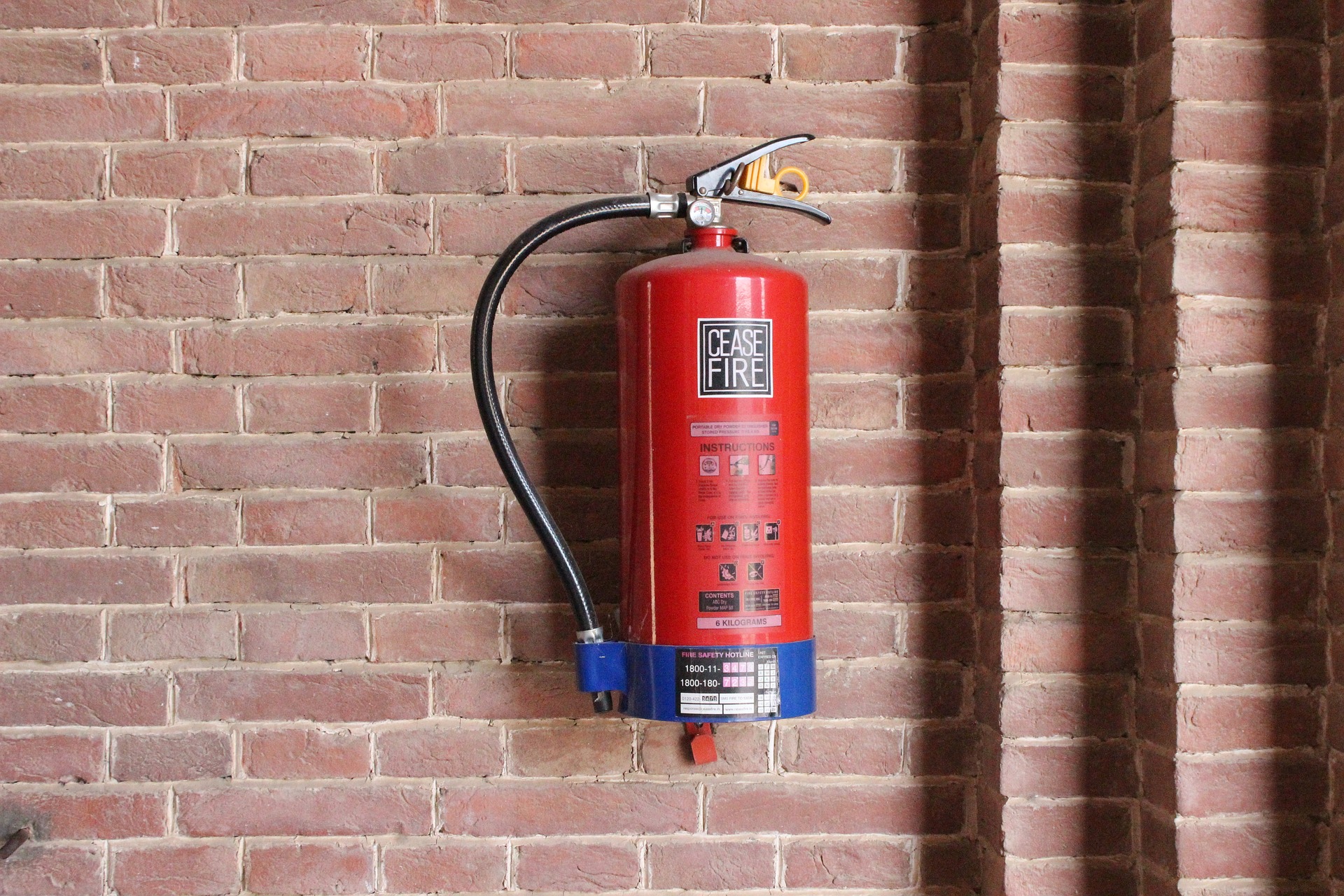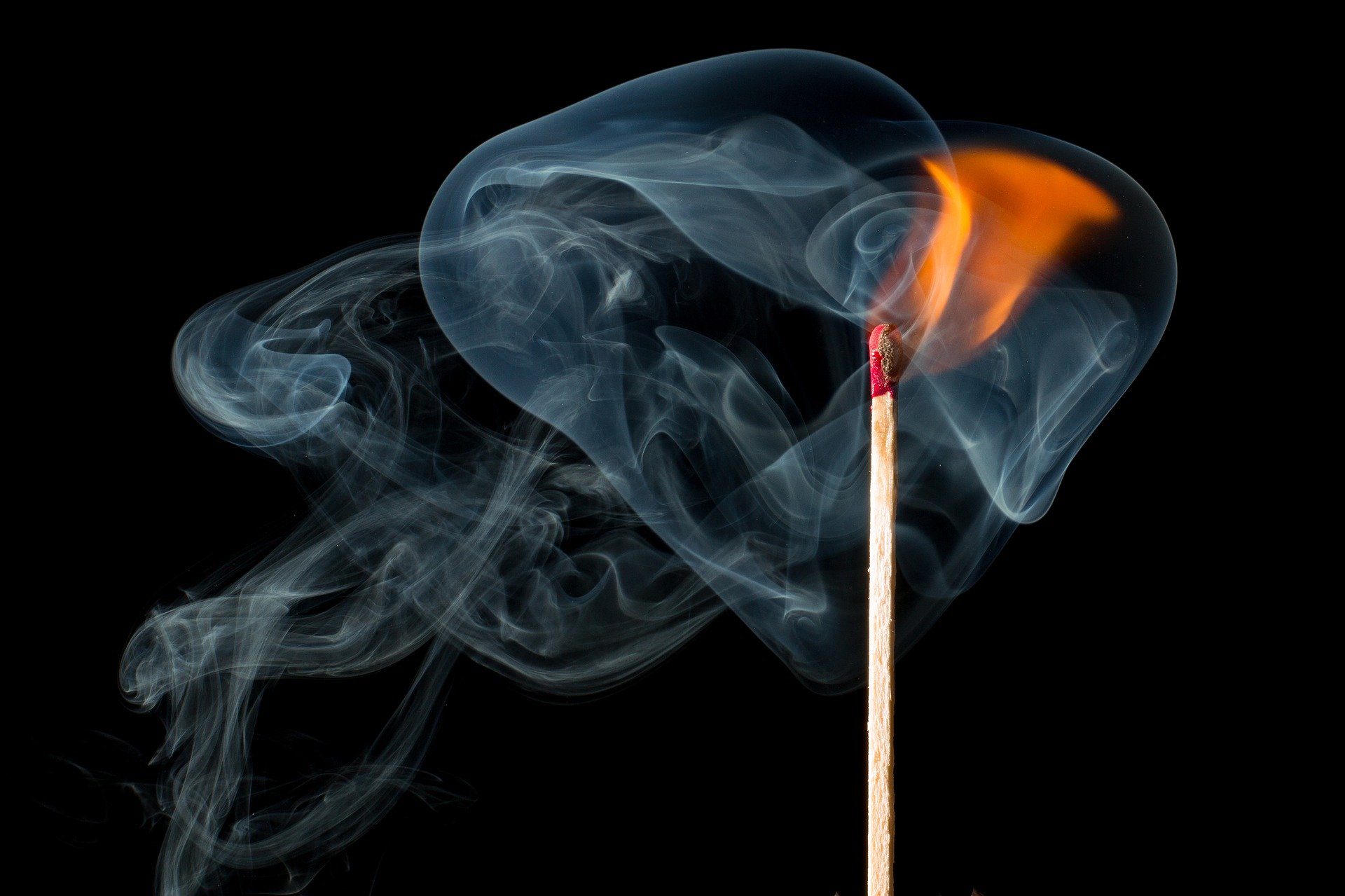Public Education
The Fire Prevention Officer is responsible for fire safety inspections and public fire safety education efforts to raise public awareness of fire prevention and fire safety. We offer a number of community fire safety programs for various groups, agencies and associations throughout the community. We also work closely with local school boards and daycare centres in provide fire safety information to the youth in South Stormont.
| Smoke Alarms |
|
Every home in Ontario must have a working smoke alarm on every storey and outside all sleeping areas. Homeowners: It is the responsibility of homeowners to install and maintain smoke alarms on every storey of their home and outside sleeping areas. Landlords: It is the responsibility of landlords to ensure their rental properties comply with the law. Tenants: If you are a tenant of a rental property and do not have the required number of smoke alarms, contact your landlord immediately. It is against the law for tenants to remove the batteries or tamper with the alarm in any way. |
| Carbon Monoxide Alarms |
|
Carbon monoxide alarms are required outside sleeping areas in homes that have fuel burning appliances or an attached garage. Homeowners and landlords are responsible for ensuring their properties have working carbon monoxide (CO) alarms. This includes: Testing:
Batteries:
Replace CO alarms:
Exposure to CO can cause flu-like symptoms. If your CO alarm sounds, and you or other occupants suffer from symptoms of CO poisoning, get everyone out of the home immediately. Then call 9-1-1 or your local emergency services number from outside the building. |
| Home Escape Planning |
|
If a fire occurred in your home tonight would your family get out safely?
|
| Farm Fire Safety |
|
People, animals, and property are in danger when fire breaks out on the farm. Inspect your barn and outbuildings for fire hazards to reduce the risk of tragic loss. Download the Barn Fire Safety Checklist.
|

Complete this online self-verification survey to ensure your home is protected.

Learn how to safely use a fire extinguisher. After taking this course, you will be able to safely extinguish a small fire. We will also introduce you to different types of extinguishers and show you how to position and maintain extinguishers at home or in the workplace.

TAPP-C is a program for youth who have been invloved in unsafe fire behaviour. It is a collaborative program between mental heath professionals and the Fire Department. Please contact Town Hall for more information.


